2024年11月18日
Rural Innovation through the Integration of Traditional Crafts and Tourism: Building a New Development Model in Vietnam's Craft Villages
Currently, 60% of Vietnam's population lives in rural areas, and rural poverty and income disparities are problems. Non-agricultural employment is essential for increasing rural incomes, but such non-agricultural employment opportunities are limited in rural areas compared to urban areas. However, in Vietnam, particularly in rural areas in the north, there are many craft villages (Lang Nghe) where villagers specialize in the production and sale of specific products, such as traditional crafts. These villages have provided non-agricultural employment opportunities in rural areas. While craft villages are relatively well-developed in the north, they are rare in the south, and these villages have not necessarily led to increased incomes for craft villagers. Therefore, one of the research questions in this study is to clarify the factors that contribute to income growth in craft villages. However, traditionally, craft villages have often been viewed as an example of rural industry, involving the production and sale of traditional crafts. In recent years, craft villages have expanded beyond production and sales to include participatory tourism services, such as allowing visitors to experience traditional craft production. Another research question of this study is to "clarify the development factors of craft villages that introduce tourism services, and to go beyond the existing rural development model based on rural industrialization theory and build a new rural development model based on the example of craft villages that combines traditional craft production and sales with tourism." Based on the above research questions, the following research activities have been carried out so far.
(1) Conduct field surveys in craft villages near Hanoi in the north of Vietnam, craft villages near Da Nang in the central region, and rural areas near Can Tho in the south of Vietnam.
In August, lead researcher Nguyen Thuy and co-researcher Rui Takahashi (Tokai University, School of Political Science, Economics, and Management, Research Center for Economics) conducted a survey in two traditional craft villages near Hanoi in northern Vietnam with the cooperation of the General Statistics Office of Vietnam. One was Van Phuc, a traditional craft village that produces raw silk products, and the other was Bat Trang, a traditional craft village that produces pottery. A sample of 105 households was surveyed in the former, and 54 households in the latter. Both craft villages offer experiential tourism services (e.g., spinning on a spinning wheel and making pottery), making them suitable subjects for this project. Additionally, Cam Ne straw mat manufacturing village and Tuy Loan rice paper village near Da Nang in central Vietnam are expected to be surveyed in a follow-up project. The researchers visited these two craft villages and conducted interviews with local residents.
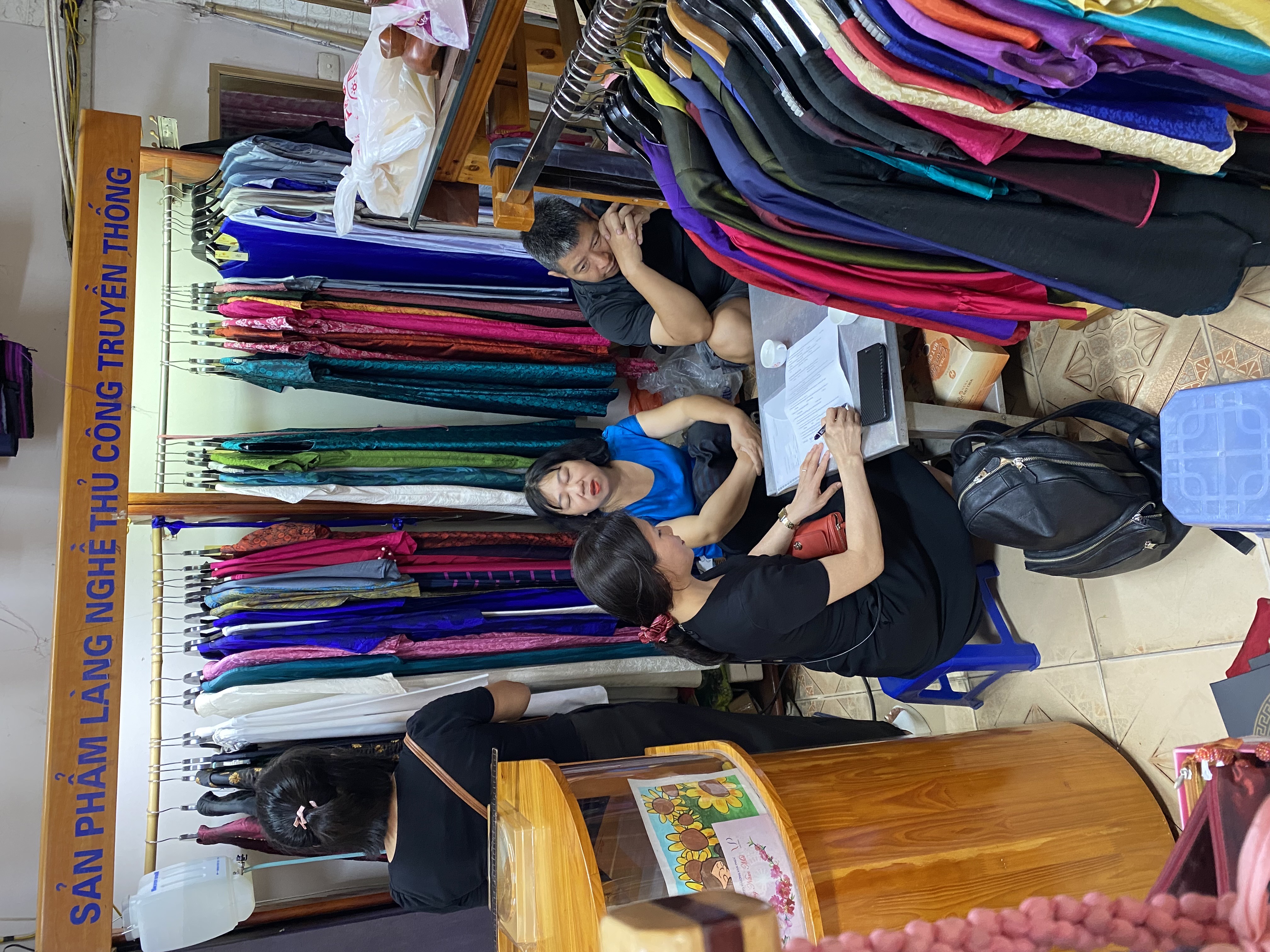
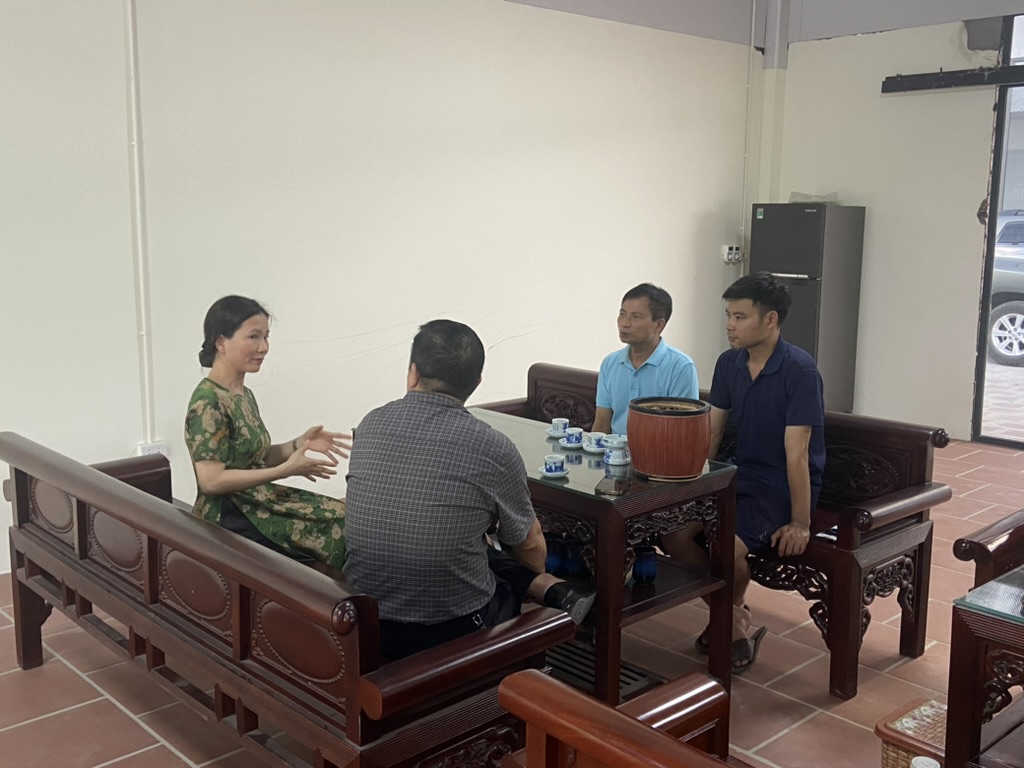
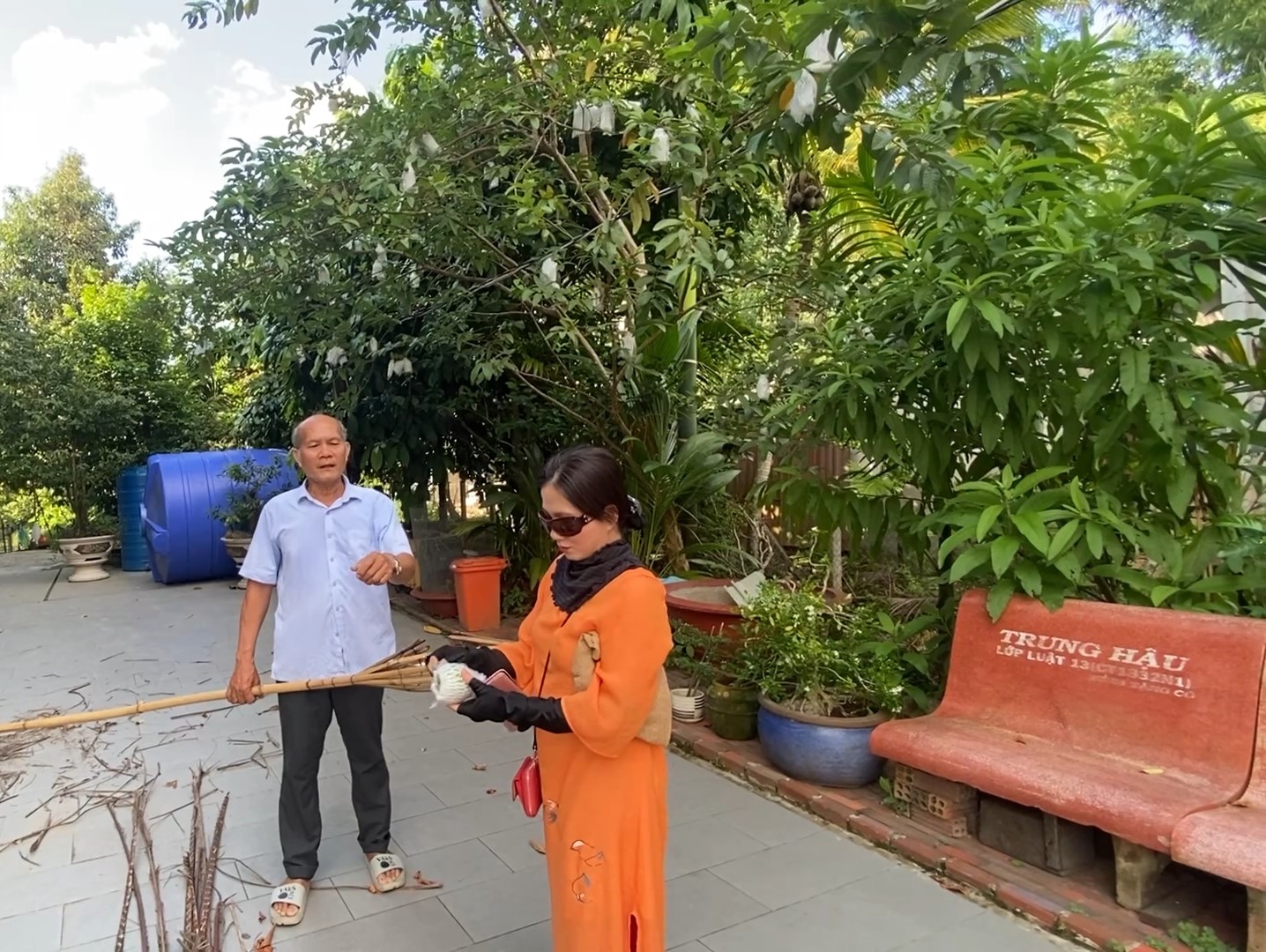
Left: Survey at Van Phuc Craft Village (Interview with the Vice President of the Silk Association) (Van Phuc, August 7, 2024)
Center: Survey at Bat Trang Craft Village (interview with artisans) (August 9, 2024)
Right: Visit to a participatory rural tourism village near Can Tho City and interview with Director Vam Xang (August 15, 2024)
Furthermore, in Can Tho City in the southern Mekong Delta, the group held discussions with researchers from Can Tho University and, together with the researchers, visited a rural village that provides tourism services involving the participation of local households (so-called community-based tourism).
(2) Discussion on rural surveys and government statistics at the General Statistics Office of Vietnam and Vietnam National University of Agriculture
To build a new rural development model based on the example of craft villages incorporating tourism, it is necessary to understand how rural areas and craft villages are perceived in existing government statistics. Furthermore, because neither research director Nguyen Thuy nor co-researcher Rui Takahashi specializes in tourism, it was necessary to seek the opinions of experts familiar with rural tourism. Accordingly, the former discussed with senior officials from the General Statistics Office of Vietnam, and the latter with researchers from Vietnam National University of Agriculture, deepening mutual understanding of the issues pertaining to this research. Furthermore, researchers from Vietnam National University of Agriculture and Nguyen Thuy have already published research related to this research in peer-reviewed journals overseas, and this research project also served as an opportunity to further strengthen their research collaboration.
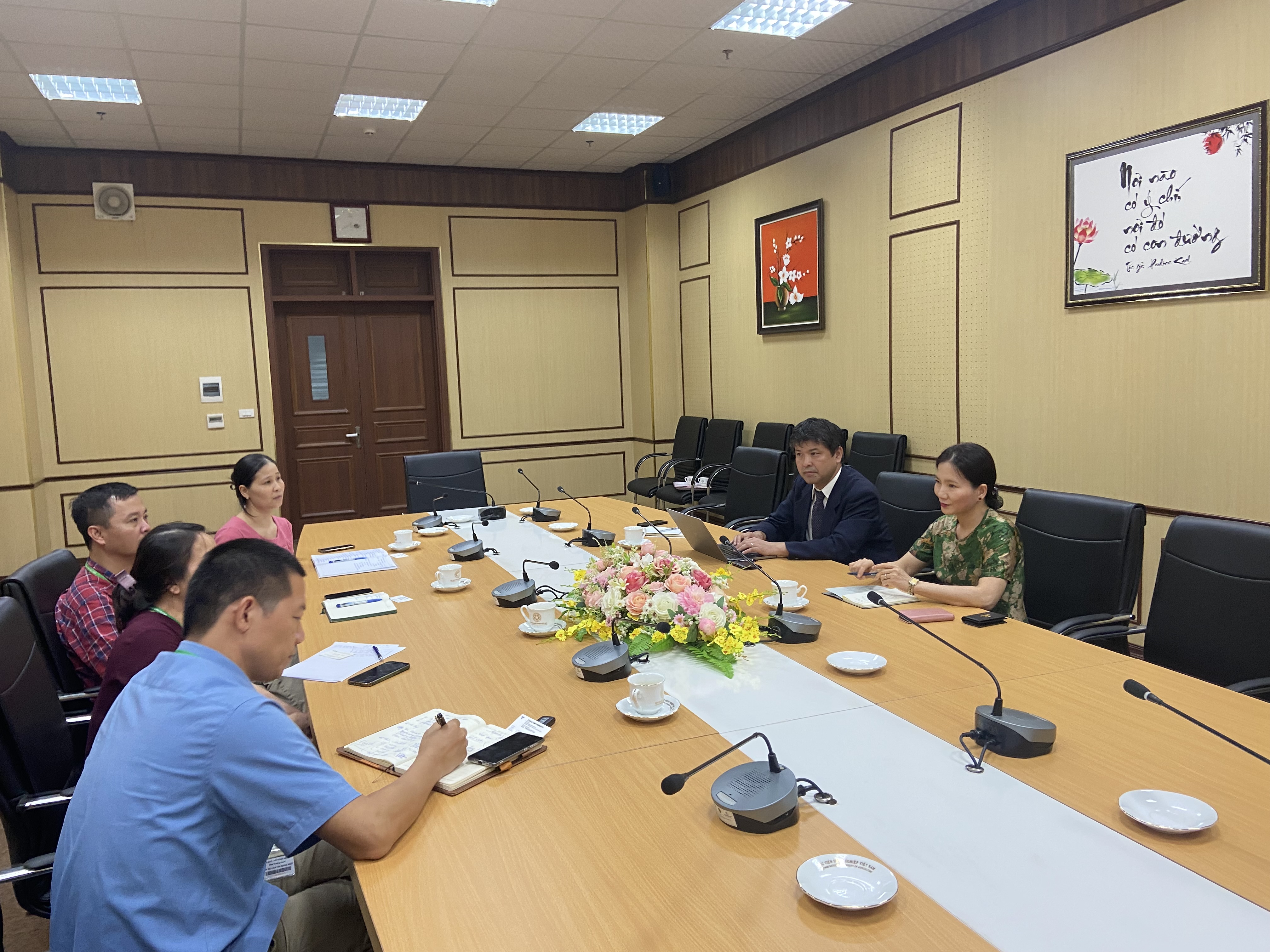
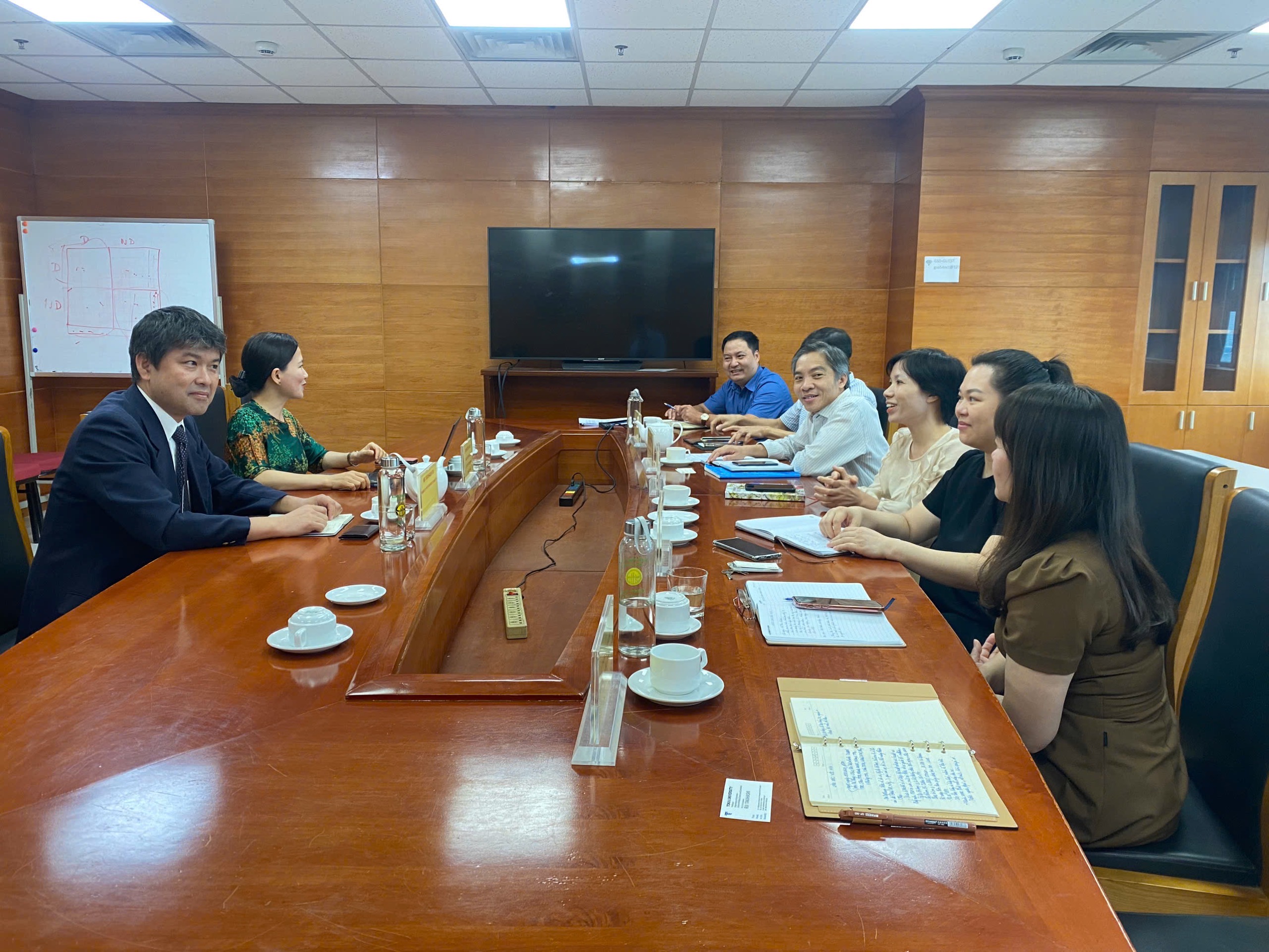
Left: Discussion with leading researchers from the School of Economics, School of Tourism, and School of International Relations at Vietnam National University of Agriculture
(August 27, 2024)
Right: Discussion with officials from the General Statistics Office of Vietnam (August 29, 2024)
(3) Research reports at the Joint Conference of Statistical Societies
At the 2024 Joint Conference of Statistical Societies held at Tokyo University of Science, I gave a research presentation related to this project with my collaborator, Takahashi Rui. The title of the presentation was "Lives Diversification and Labor Mobility in Rural Vietnam." Using household data held by the General Statistics Office of Vietnam, this research report used causal inference techniques (instrumental variable method) to show that an increase in non-agricultural income in rural areas restricts migration from rural areas to cities. These research results supported the research goal of building a self-sustaining development model within rural areas based on craft villages, rather than a development model that relies on migration to cities.
Based on the above activities, we are currently entering the data obtained from the questionnaires into a computer and analyzing it. We plan to widely publicize the results of the analysis by presenting them at academic conferences and in peer-reviewed journals.